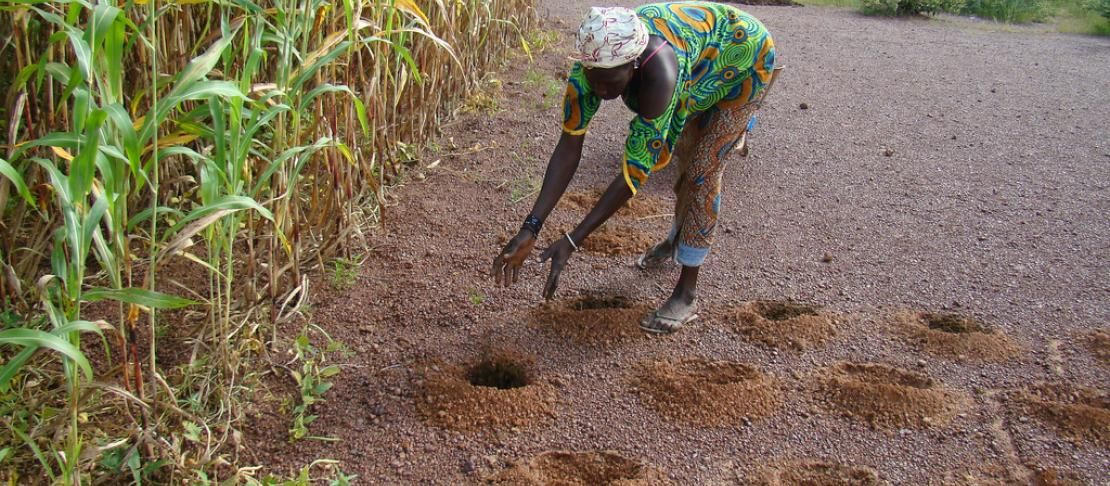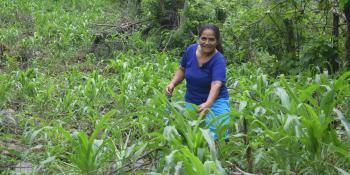Climate-smart soil, water and nutrient management options in semi-arid West Africa

A review of evidence and analysis of stone bunds and zaï techniques confirms the need to provide a collection of appropriate technologies and management practices to local producers in Africa is real.
There is an increasing need for West African Sahel farmers to be equiped with appropriate technologies and management practices, discussed in the publication Climate-smart soil water and nutrient management options in semiarid West Africa: a review of evidence and analysis of stone bunds and zaï techniques , that can sustainably increase productivity and resilience, while reducing greenhouse gas emissions where possible.
Prevailing key water and nutrient interaction practices, namely stone bund, zaï and half-moon techniques were analyzed in order to explore how their outcomes could be linked to climate change adaptation and mitigation. Data was derived from previous publications but was reinterpreted and aligned with the three pillars of climate-smart agriculture (CSA).
The scientists found that the most successful systems are those that provide water, nutrients and a supportive soil structure in a synergistic manner. Indeed, technologies such as zaï, half-moons and stone bunds, combined with the application of organic/inorganic sources of nutrients, are promising climate-smart agricultural practices. They can be widely used by smallholder farmers to maintain food production and secure farmers’ livelihoods, while contributing to ecosystem services. However, accompanying incentive measures are needed to empower and capacitate rural farmers to adopt the considered techniques.
To download the review
By Robert Zougmoré Abdulai Jalloh and Andre Tioro
Sékou Fadiala Toure is a Communications Officer for CCAFS-West Africa



